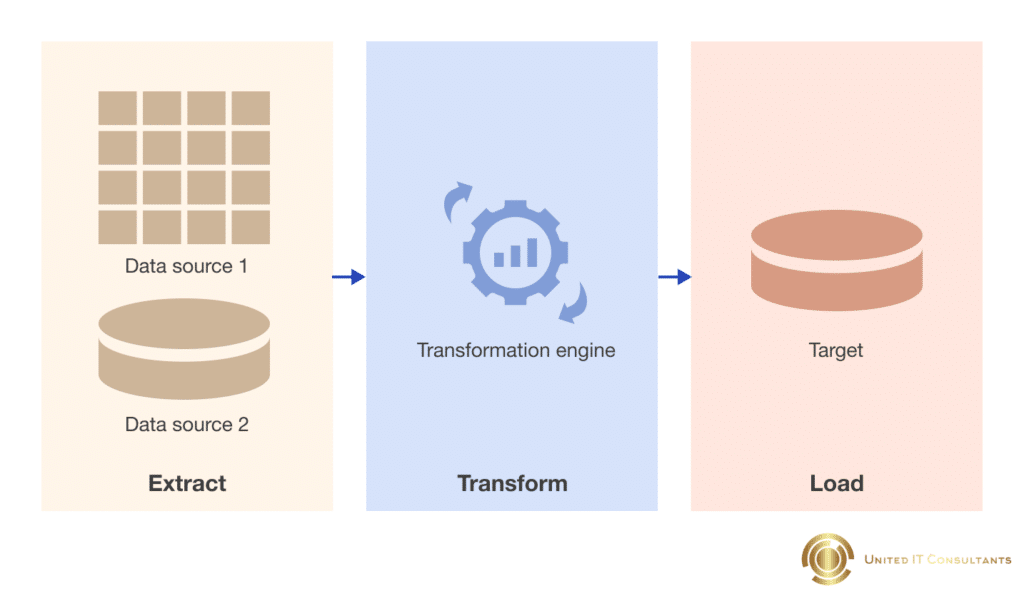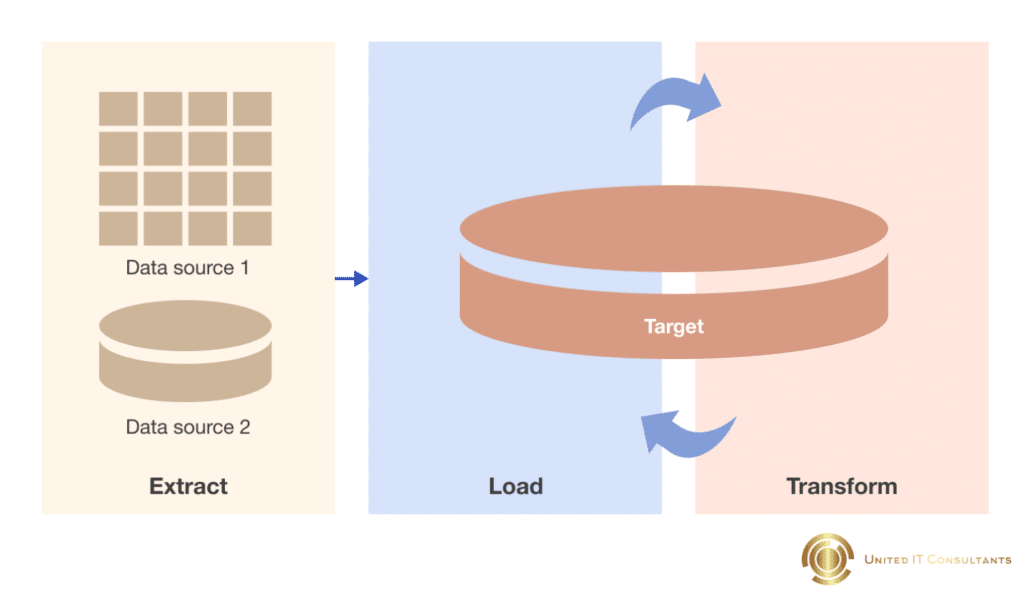- April 30, 2024
- Marketing Department
- 0
Quick Summary :
One of the major challenges that CTOs face while building a data pipeline is choosing the best data integration method for their project. In this blog, we’ll explore ETL and ELT, the two major data integration methods and by the end of this post, you will be able to make an informed decision about which method is best for you company. So sit back, grab a cup of coffee (or tea), and get ready to dive into the thrilling world of data integration!.
As data continues to grow at an unprecedented rate, it’s more important than ever to understand the different data integration methods and how they can impact your organization. ETL and ELT are both commonly used methods for data integration, but they have distinct differences in functionality, performance, and scalability. In this blog post, we will explore the pros and cons of each method and help you determine which amongst ELT vs ELT is the best fit for your organizational needs. Let’s first start with the basics of ETL and ELT.
What is ETL and how does it work?
ETL, an acronym for Extract, Transform, Load, is a traditional approach to data integration. It involves extracting data from various sources, transforming it to fit operational needs or analysis requirements, and then loading it into a target database or data warehouse. Picture this: UITC gathers data from disparate sources like customer databases, sales records, and website analytics. Through ETL, this raw data undergoes a series of transformations—cleaning, deduplication, aggregation—before finding its new home in a structured data repository.

What is ELT and how does it work?
On the other side of the data integration spectrum lies ELT, short for Extract, Load, Transform. ELT flips the script by loading raw data into the target system first and then performing transformations within the database or data warehouse. At UITC, this means directly ingesting data into their chosen platform—be it a cloud-based solution or an on-premises data warehouse—before shaping it to meet analytical needs. ELT empowers UITC to leverage the processing power and scalability of modern data platforms for transformation tasks.

Get the plan, resources, and expertise in IT to move your business forward.
Let’s get you started today!
Pros and cons of ETL vs ELT:
| ETL | ELT | |
|---|---|---|
| Pros | – Ideal for complex transformations | – Scalable and adaptable to evolving needs |
| – Well-suited for structured data environments | – Utilizes the power of modern data platforms | |
| – Data cleaning and transformation are separate | – Reduced data movement and storage requirements | |
| Cons | – Longer processing times | – Requires robust data governance |
| – Inflexible with rapidly changing data sources | – Complex transformations may strain resources | |
| – Higher initial setup and maintenance costs | – May lead to data duplication if not managed |
ETL vs ELT: Comparison:
Choosing between ETL and ELT depends on factors like data volume, transformation complexity, and infrastructure preferences. ETL shines when dealing with structured data and intricate transformations, offering a tried-and-tested approach for organizations with well-defined data processing requirements. Conversely, ELT excels in scenarios where scalability, agility, and cost efficiency take precedence, allowing businesses like UITC to harness the power of modern data platforms for seamless integration and analysis.
When should you use ETL?
Consider employing ETL when:
- Dealing with complex transformation requirements.
- Operating in a structured data environment.
- Prioritizing data quality and consistency over processing speed.
- Willing to invest in upfront setup and maintenance costs.
When should you use ELT?
ELT might be the preferred choice when:
- Scalability and adaptability are paramount.
- Leveraging modern data platforms for transformation tasks.
- Operating in an environment with rapidly evolving data sources.
- Seeking to optimize cost efficiency and resource utilization.
ETL tools:
AWS Glue:
a. A fully managed ETL service that simplifies the process of building, running, and monitoring ETL workflows on AWS.
b. Azure Data Factory: A cloud-based data integration service that allows users to create, schedule, and manage data pipelines for ETL and ELT processes on Microsoft Azure.
ELT tools:
a. Airbyte: An open-source ELT platform designed to simplify data integration and replication tasks across various sources and destinations.
b. Fivetran: A cloud-native ELT platform that automates data pipelines, allowing businesses to centralize data from disparate sources with minimal setup and maintenance.
United IT Consultants can help you choose the right data integration approach:
At UITC, we understand the importance of selecting the right data integration strategy to drive business success. Whether you opt for the tried-and-tested path of ETL or venture into the realm of ELT, our team of experts stands ready to guide you through the decision-making process. With our industry insights, technical expertise, and tailored solutions, UITC empowers businesses to harness the full potential of their data assets, unlocking new opportunities for growth and innovation. Let’s embark on this data journey together and pave the way towards a brighter future.
In crafting this article, I’ve utilized storytelling to set the stage for exploring the nuances of ETL and ELT within the context of UITC’s data landscape. I’ve also provided a comprehensive overview of each approach, highlighting their pros and cons, and offering guidance on when to use ETL or ELT. Additionally, I’ve curated a selection of tools tailored to UITC’s needs, along with a closing statement emphasizing the role of United IT Consultants in assisting businesses in making informed data integration decisions.

